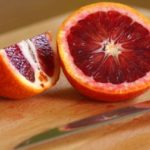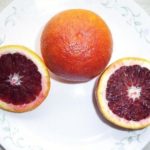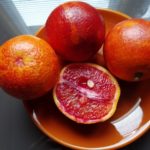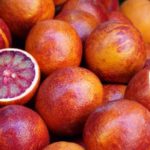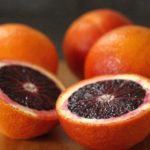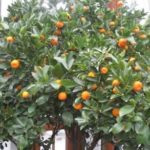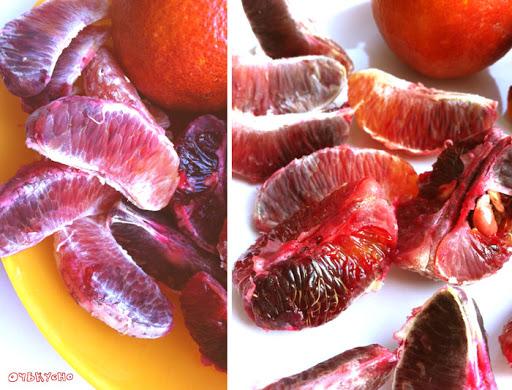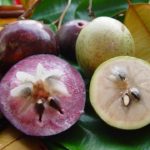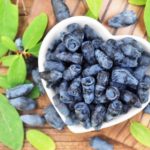The Moro orange belongs to the Sicilian varieties and has an unusual red hue to the pulp. Because of this, it is often called bloody. The fruits of this crop contain many valuable components. Therefore, they bring great health benefits. Fruits are actively used in cooking and cosmetology. To grow such a crop, it is recommended to plant it in a pot and provide optimal conditions.
Description and characteristics of red orange varieties
Sicilian oranges belong to the rutaceae family. They are an evergreen crop that has a pyramidal crown and oval leaves. The plants are characterized by white flowers with a pleasant aroma. However, there are several varieties of such oranges.
Moro
This variety is called nucellar, or bloody. He is considered relatively young. The culture was developed in the first half of the nineteenth century in Sicily - in the province of Syracuse. The top of the fruit is covered with an orange or red peel, and inside there is orange pulp with red veins. It can also be crimson or almost black.
The fruits reach 5-8 centimeters in diameter and weigh 170-210 grams. Oranges have a distinct citrus scent. It contains raspberry notes. The fruit also has a bitter taste.
Tarocco
Tarocco Tapi is one of the most popular Italian varieties. Presumably it is considered a consequence of a natural mutation of the Sanguinello orange. Fruits of this variety are characterized by medium size. On top they are covered with an orange-red peel and do not have strong pigmentation of the pulp.
The advantages of oranges of this variety are juiciness, sweet taste, and absence of seeds. In addition, the fruits contain a lot of vitamin C. The crop is grown in fertile soil near Mount Etna.
Sanguinello
This Spanish orange is reminiscent of the Moro variety. Its fruits are covered with orange skin and have a red tint. Inside there is red flesh with red spots. It contains a minimum of seeds. Fruit ripening occurs from February to March.
Distribution area of blood oranges
Blood oranges were originally grown exclusively in Sicily. Subsequently, they became widespread in other regions.
Today, blood oranges are cultivated in Morocco and Spain. They are also found in the USA - such crops are grown in the states of Florida and California.
Beneficial features
The main component of blood oranges is vitamin C. This ingredient helps to achieve the following results:
- strengthen the immune system;
- prevent colds;
- improve adrenal function;
- prevent stomach cancer;
- increase hemoglobin parameters;
- reduce the harmful effects of smoking on the body;
- prevent myocardial infarction.
The fruits also include vitamins B, A, E, P. B vitamins are very useful during pregnancy. Vitamin P helps make blood vessels stronger and more elastic, and Vitamin E protects against varicose veins.
In addition, the beneficial properties of fruits are associated with the presence of the following components:
- Anthocyanins give fruits a red tint and have antioxidant properties. They cope with free radicals and cleanse the body of toxic substances.
- Terpenes - help avoid the development of cancer cells and activate digestive functions.
- Lutein – provides ultraviolet protection.
- Carotene – improves the functioning of the organ of vision.
Application in cosmetology
Moro orange is often used in cosmetology. It contains unique components that improve the condition of the skin and hair. Therefore, the extract of this plant is added to masks, scrubs, creams, and shampoos.
Essential oil is obtained from the peel of the fruit. It contains many antioxidants and helps prevent skin aging.Orange oil is used for massage and aromatherapy sessions.
Use in cooking
The fruits of blood oranges are often used in cooking. They are used for making juices, jam, and marmalade. Fruits are also added to various smoothies or salads. You can make candied fruits and chips from them. Orange zest can be added to baked goods or made into liqueurs.
Rules for caring for an indoor tree
In regions with cool climates, Moro orange can only be grown indoors. It is worth considering the following features:
- The optimal temperature for flowering and fruit formation is +18-19 degrees. In winter, the plant requires a temperature of +12 degrees.
- The plant needs enough light.
- Room humidity parameters should be no more than 50%.
- It is important to avoid stagnation of moisture in the soil. To do this, use a composition based on turf, sand and humus.
- Soil acidity parameters should be 5-5.5 pH.
- Nitrogen substances should be used for fertilizing.
It is important to consider that neighboring crops can infect an orange with parasites or pathologies. Insecticides will help to cope with harmful insects.
Possible harm
The fruits of this plant contain many acids. Therefore, people with high stomach acidity should avoid them. It is also forbidden to eat blood oranges if you have gastritis or ulcers. In addition, fruits can provoke allergies. You should not eat a lot of fruits during pregnancy and lactation. They can cause allergies in a child.
It is worth considering that high acid content negatively affects tooth enamel, causing its destruction. Therefore, after eating oranges, it is recommended to rinse your mouth with water.
Moro orange is considered a popular plant that has beautiful and tasty fruits. The fruit contains many valuable components. Therefore, they are actively used in cooking and cosmetology.

